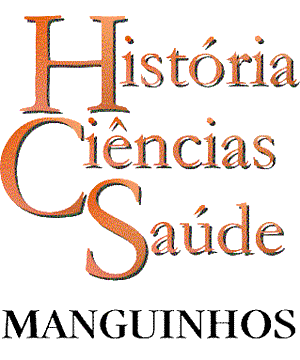Resumo em Português:
Resumo Com base em pesquisa realizada na Itália, no Brasil, na Argentina e nos EUA, proponho reconstruir, ainda de forma preliminar, o momento, o clima político e o debate suscitado na Argentina e no Brasil pela visita de Guglielmo Ferrero e sua esposa, Gina Lombroso Ferrero, em 1907, e as duas viagens do jurista e sociólogo da criminalidade Enrico Ferri em 1908 e 1910. Esses três intelectuais italianos associados à Escola Positiva de Criminologia de Turim, liderada pelo médico e antropólogo físico Cesare Lombroso, visitam o Brasil, a Argentina, o Uruguai e o Chile, a convite, entre outros, da Academia Brasileira de Letras e do periódico argentino La Nación.
Resumo em Inglês:
Abstract This study, based on research undertaken in Italy, Brazil, Argentina, and the USA, presents a preliminary reconstruction of the time, the political climate, and the debate sparked in Brazil and Argentina by the visit of Guglielmo Ferrero and his wife, Gina Lombroso Ferrero, in 1907, and two voyages by the jurist and criminal sociologist Enrico Ferri in 1908 and 1910. These three Italian intellectuals associated with the Positive School of Criminology in Turin, led by the physician and physical anthropologist Cesare Lombroso, visited Brazil, Argentina, Uruguay, and Chile on the invitation, among others, of the Brazilian Academy of Letters (Academia Brasileira de Letras) and the Argentinean newspaper La Nación.
